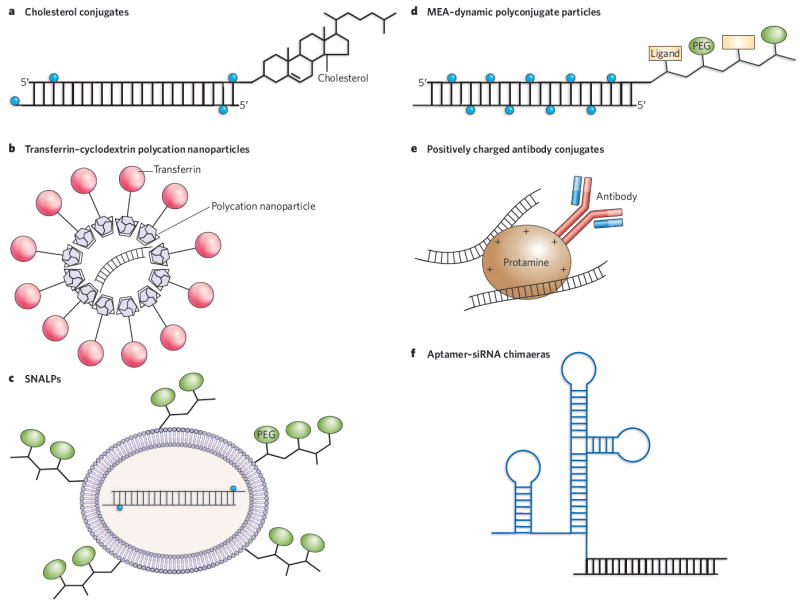Figure 2. In vivo delivery strategies for therapeutic siRNAs.

a, Cholesterol groups can be linked to modified siRNAs to enhance their stability before systemic delivery. The most common siRNA modifications are 2′-O-methyluridine or 2′-fluorouridine substitutions (blue circles) combined with phosphorothioate linkages. b, Polycation nanoparticles can direct delivery of the siRNAs to specific cells through the use of surface ligands (such as transferrin) that bind to receptors on target cells. c, SNALPs encapsulate modified siRNAs into cationic or neutral lipid bilayers coated with diffusible PEG–lipid conjugates. SNALPs allow siRNAs to be taken up by cells and released by endosomes. d, Masked endosomolytic agent (MEA)–Dynamic PolyConjugates (DPCs) are similar to SNALPS but smaller, and contain a ligand that allows targeted cell delivery. The release of the siRNA from the endosome is also improved by the inclusion of a pH-labile bond in the MEA–DPC particles. e, Tagging specific antibodies with protamine or other positive charges allows the delivery of siRNAs to specific cell types via receptor-mediated uptake. f, Chemically linking or co-transcribing siRNAs with RNA aptamers allows the targeted delivery of the siRNAs to cells expressing the appropriate receptor.
